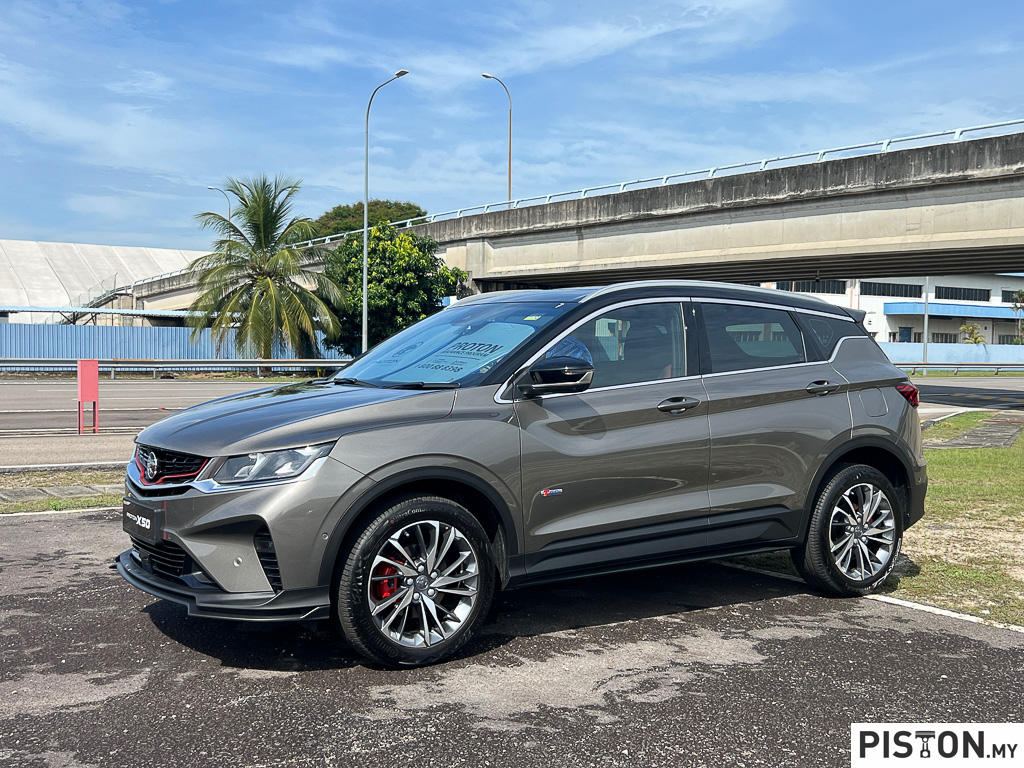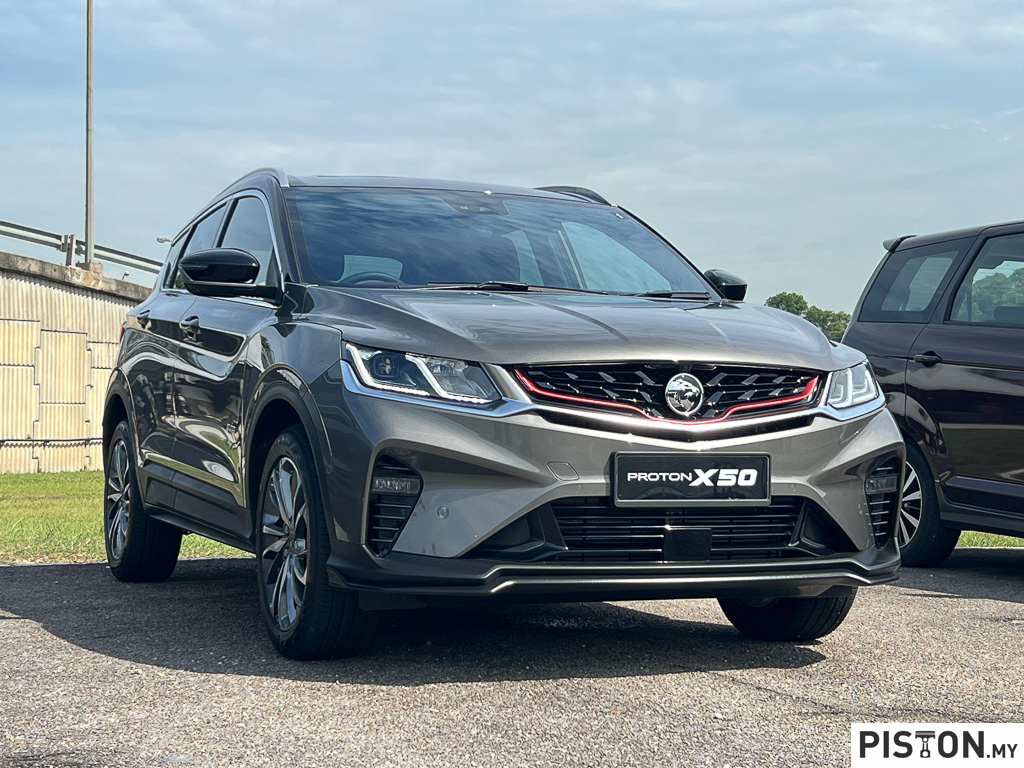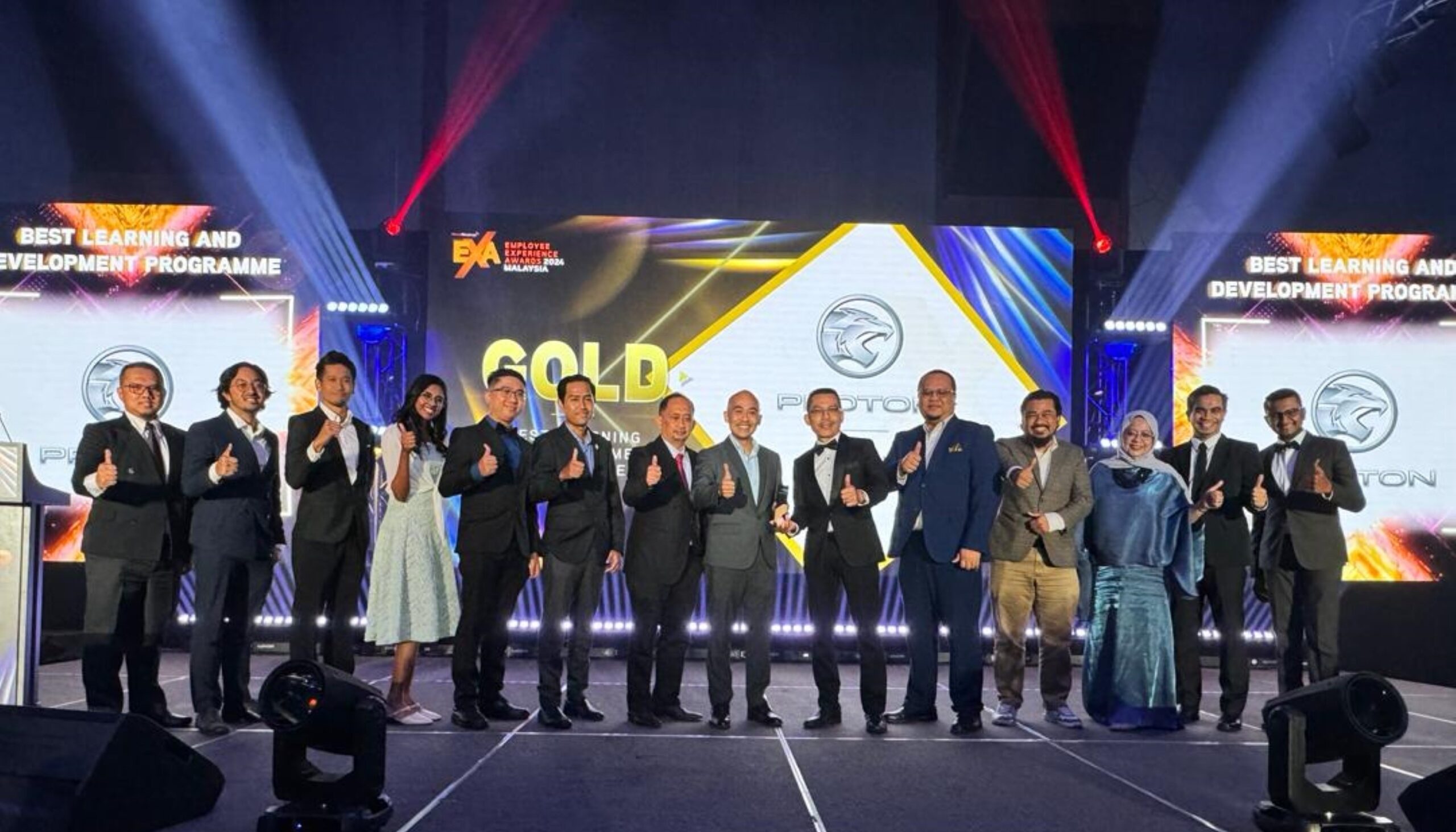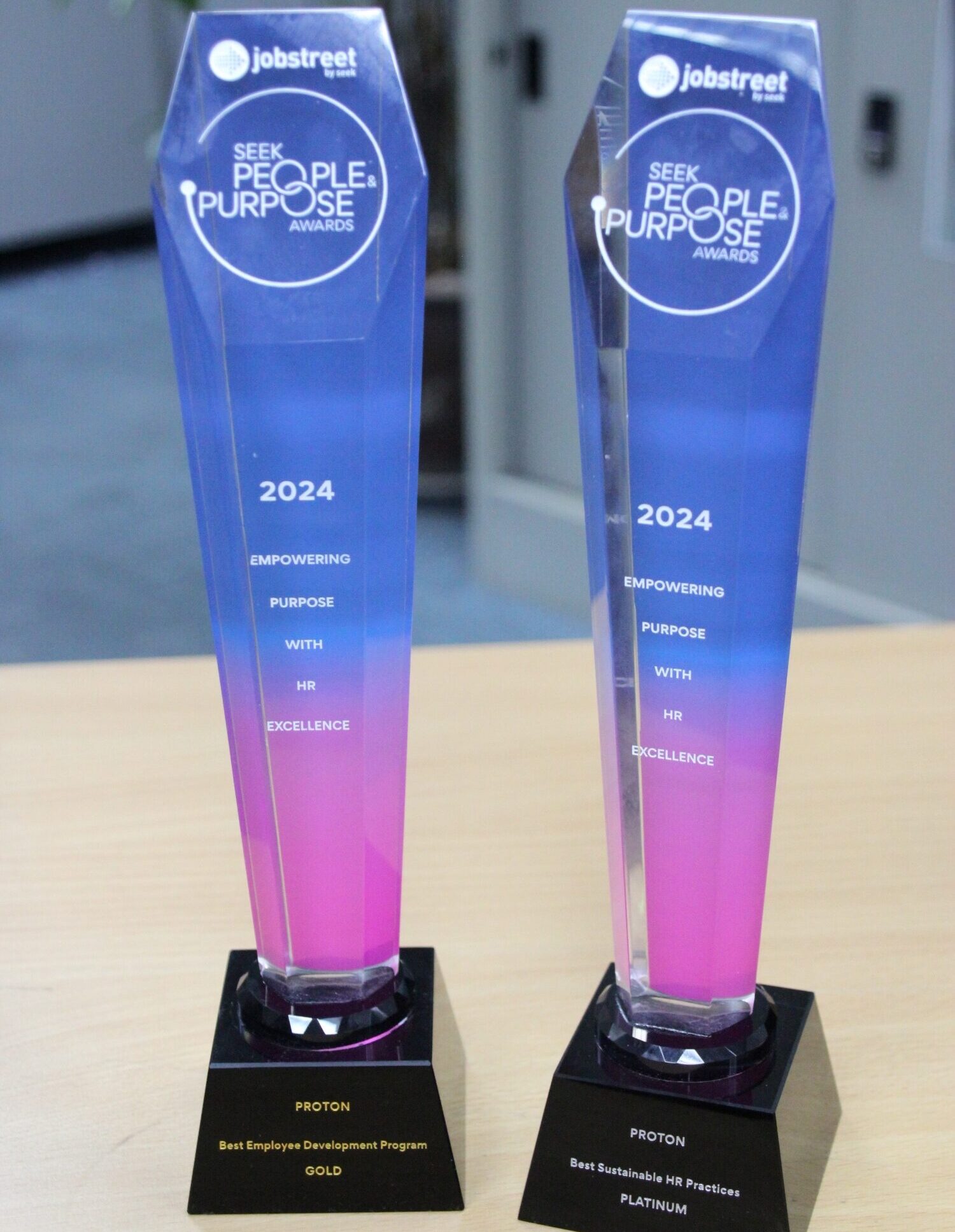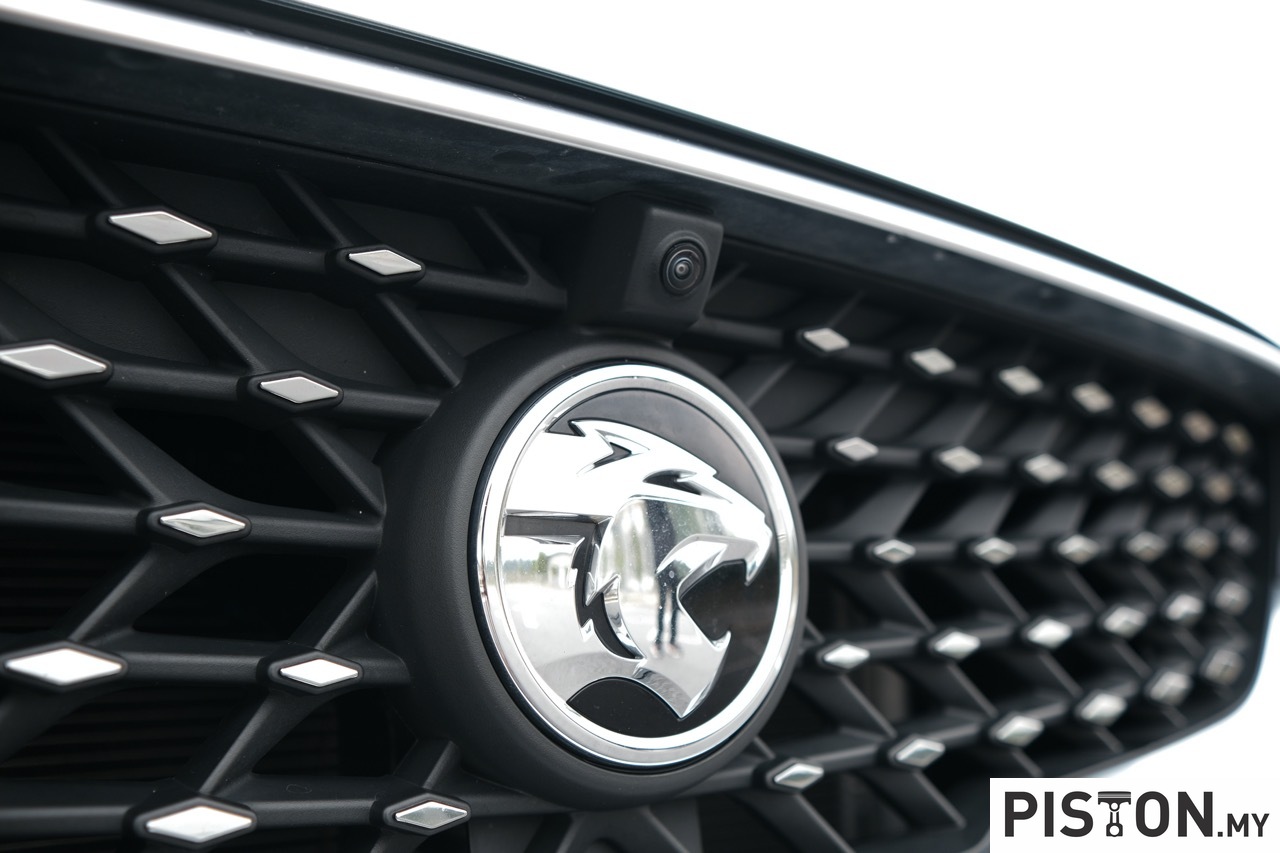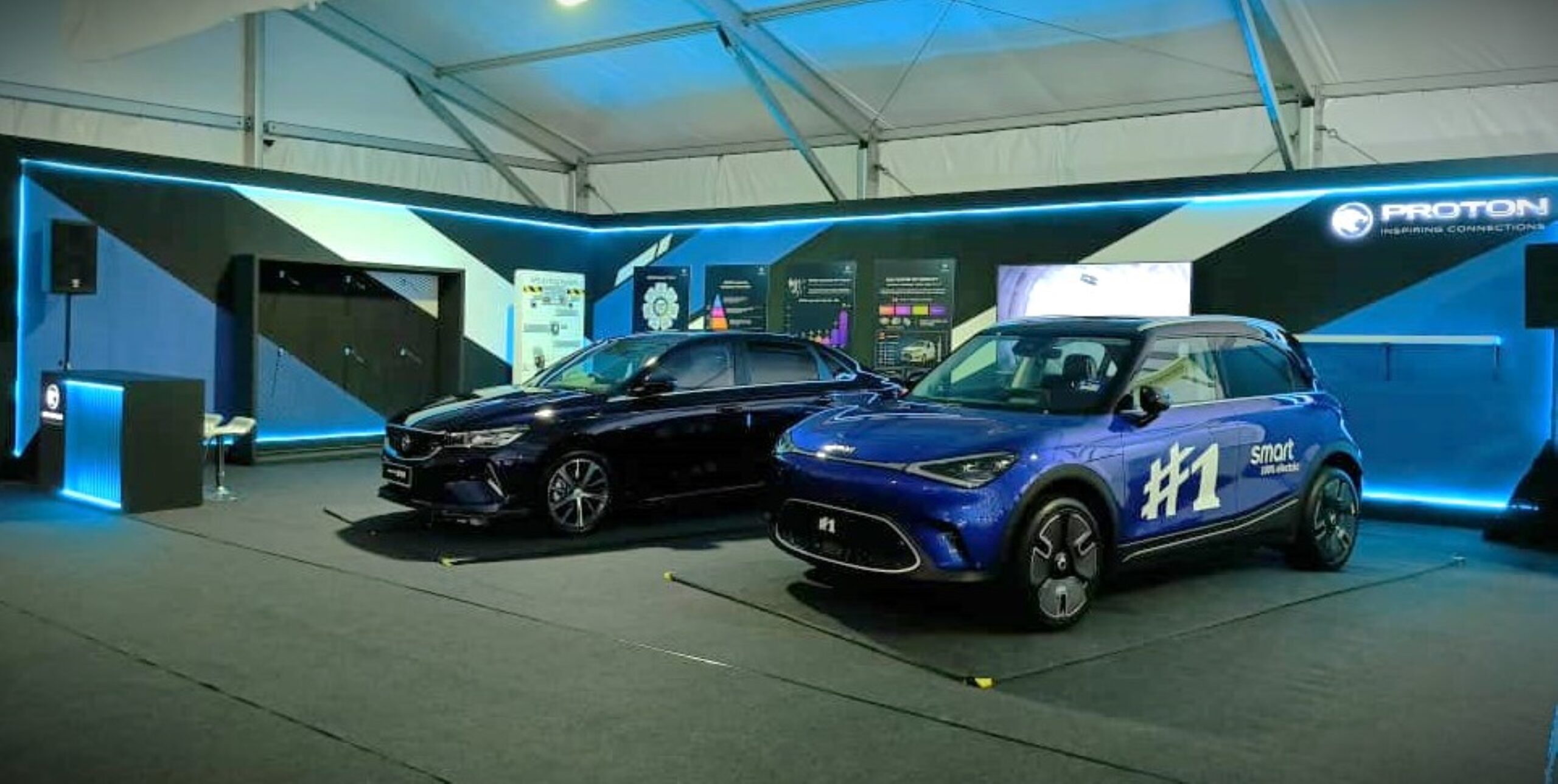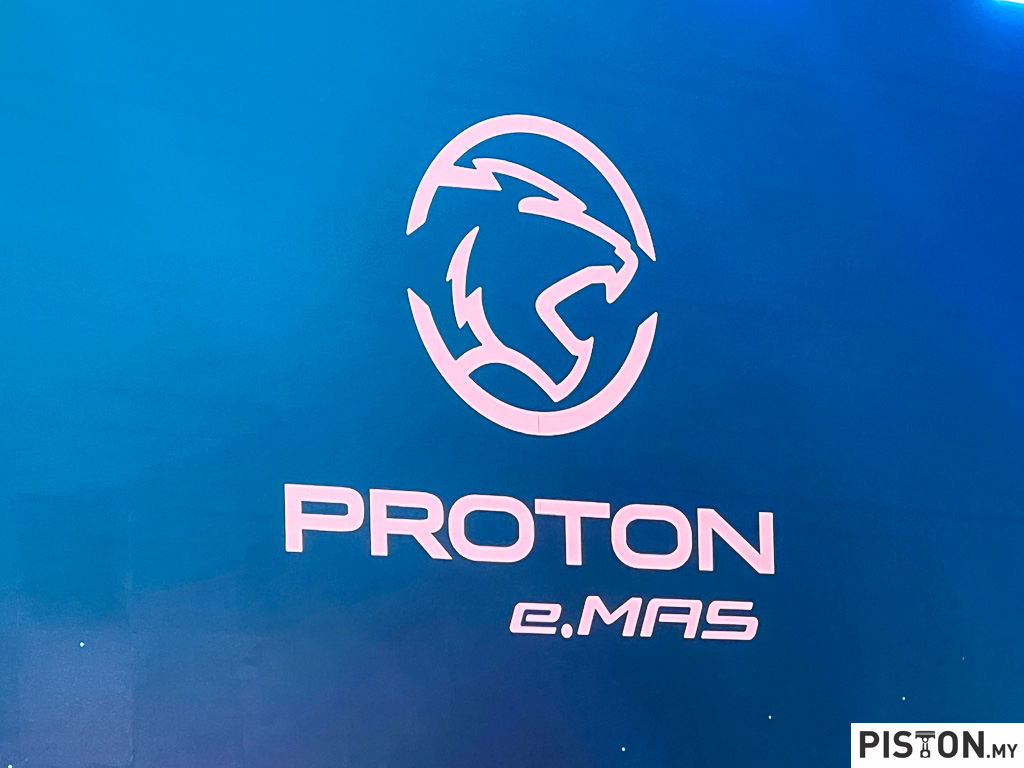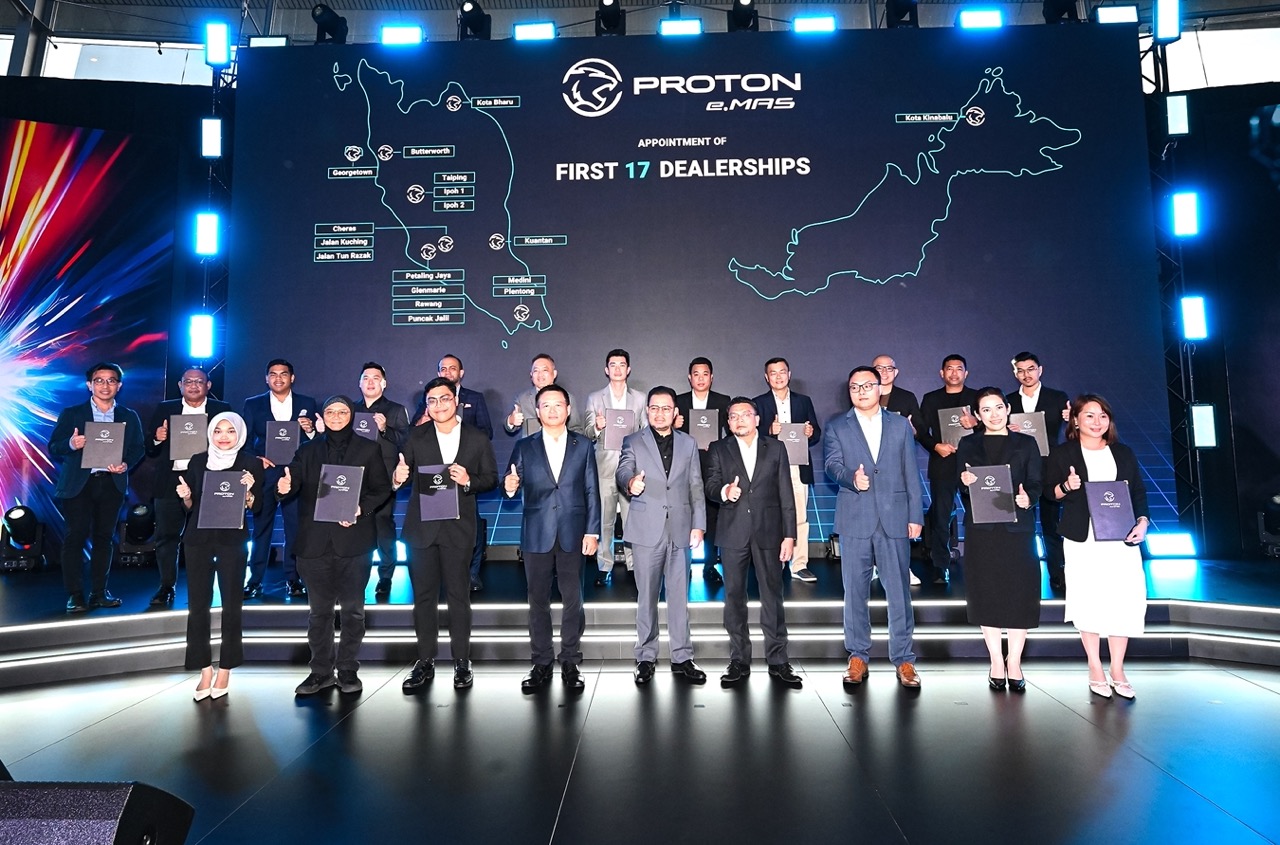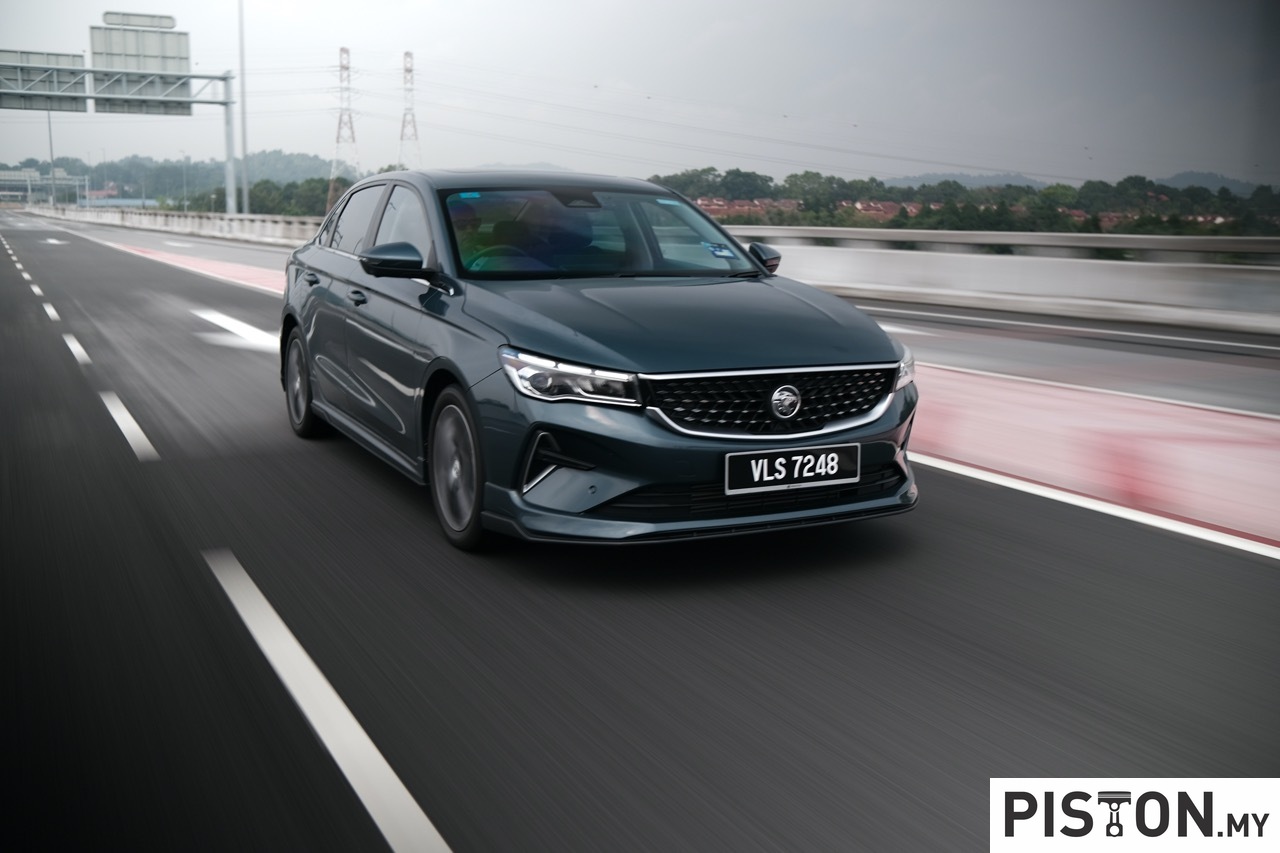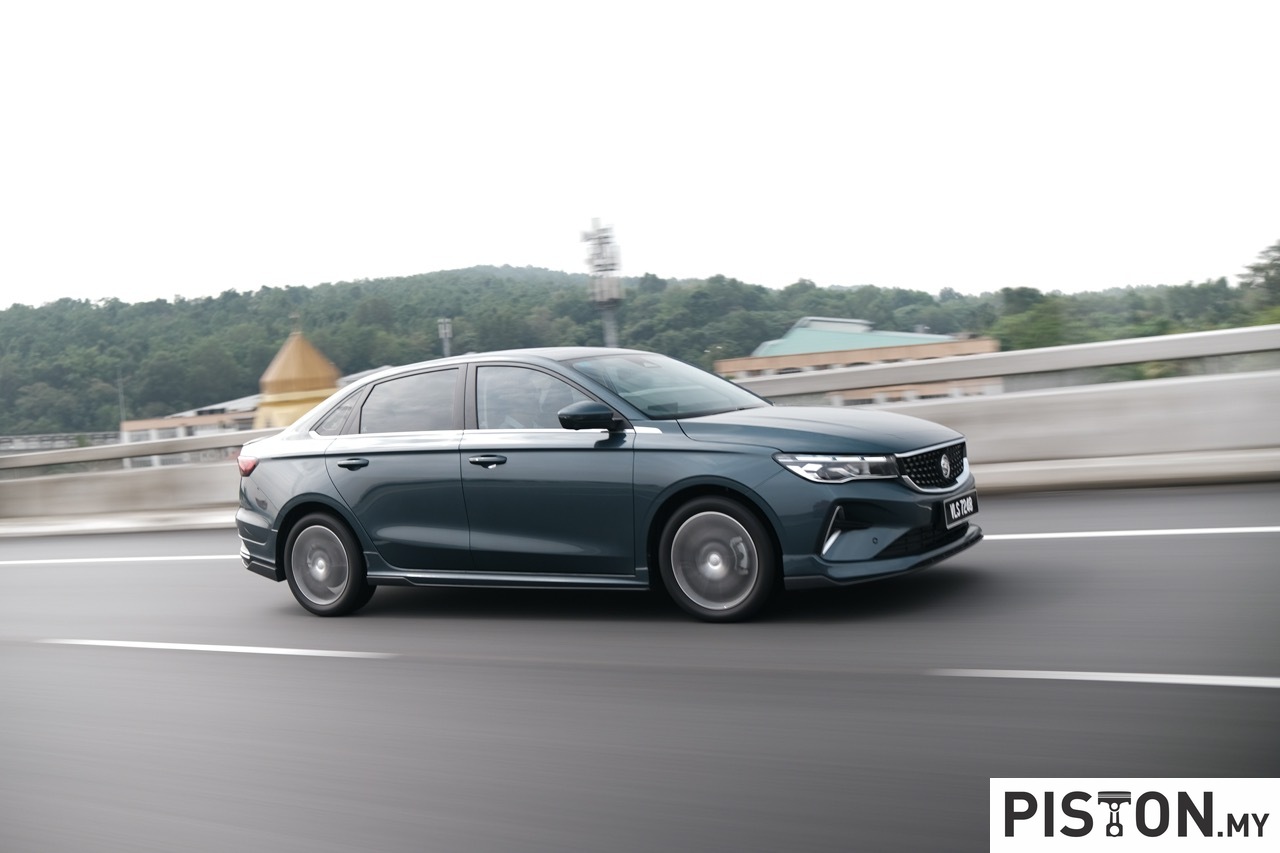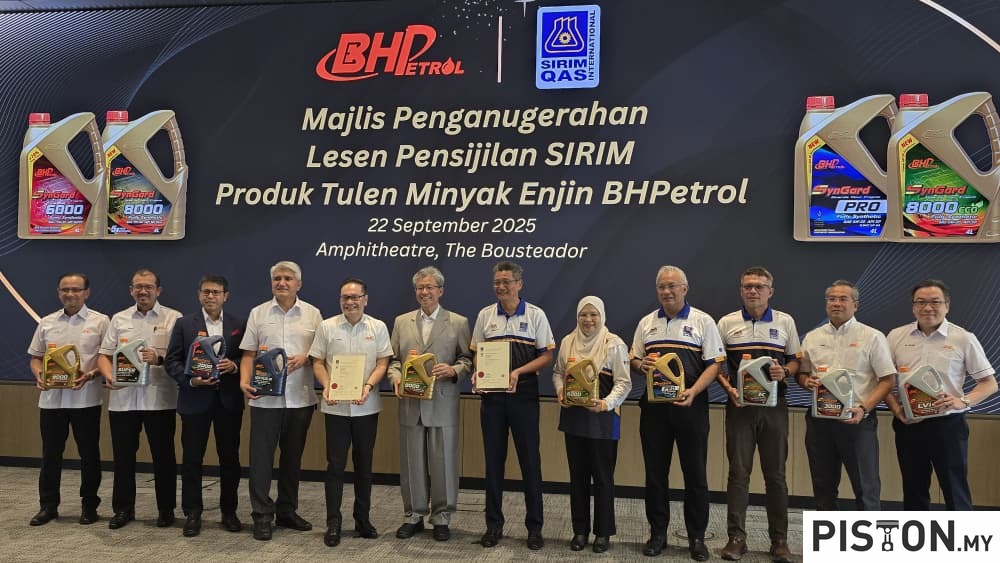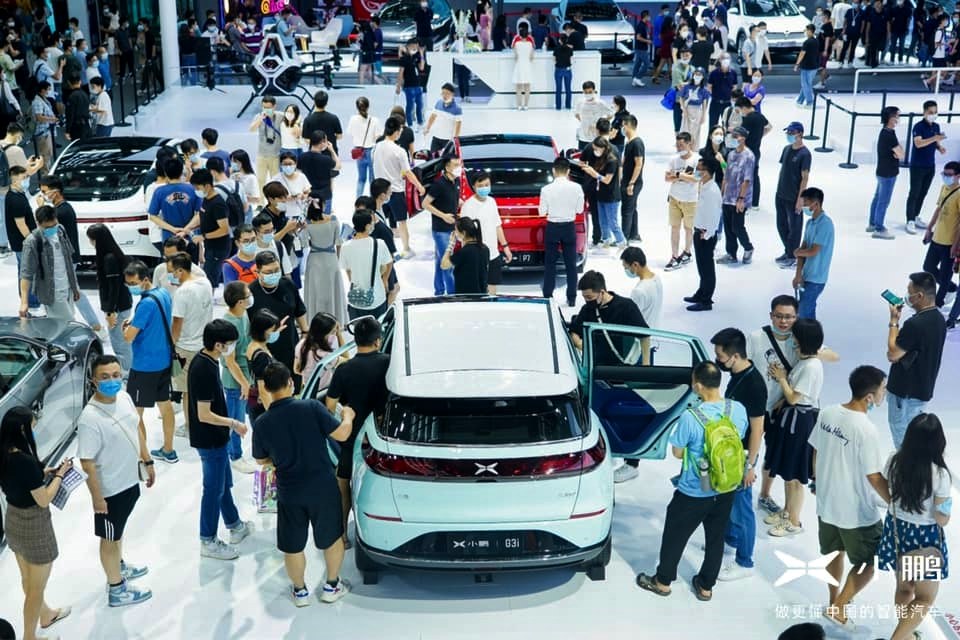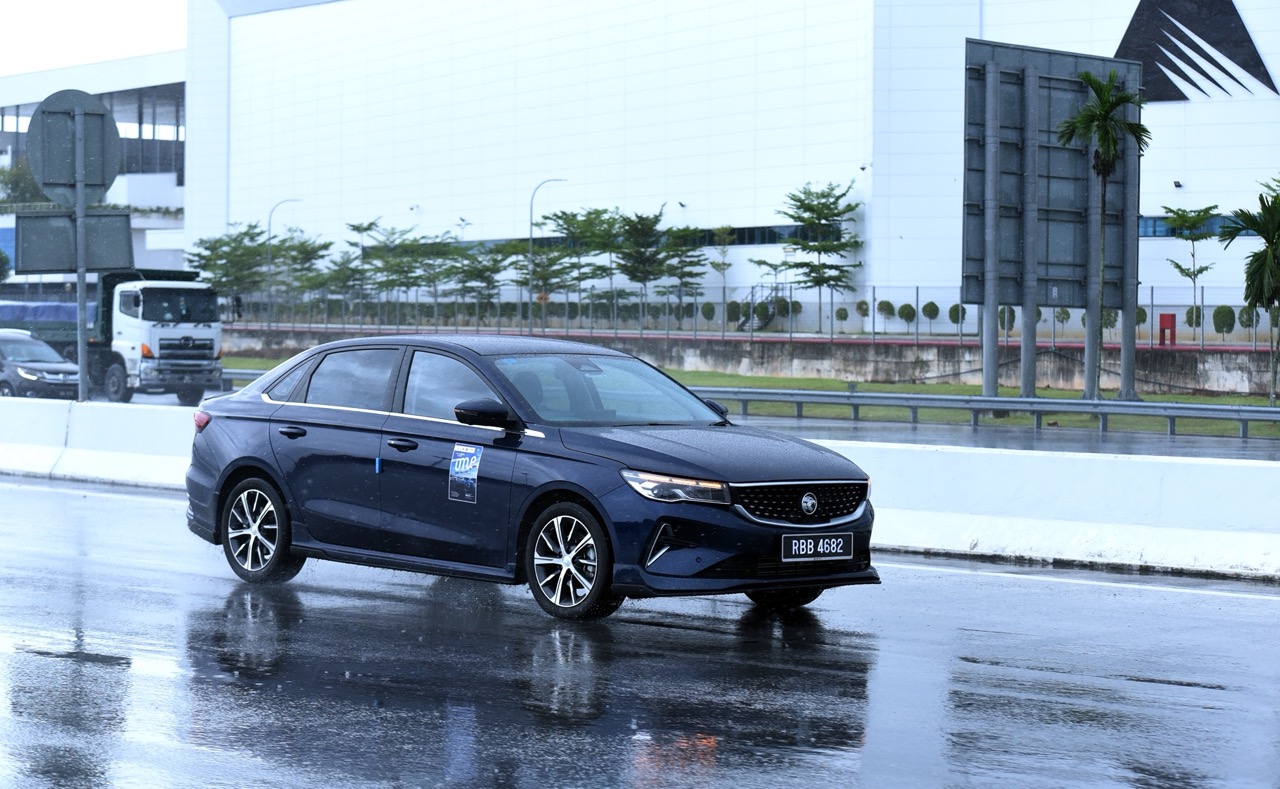Proton mengumumkan bahawa Proton X50 2024 yang baru dilancarkan telah menerima sambutan yang menggalakkan, dengan mencatatkan jumlah tempahan sebanyak 8,000 dalam tempoh hanya sebulan sejak pelancarannya pada bulan Jun. Permintaan yang positif ini jauh melebihi jangkaan kami dan telah menetapkan piawaian baru untuk segmennya. Sejak pelancarannya pada tahun 2020, Proton X50 telah menjadi SUV terlaris di Malaysia, dengan penjualan mencatatkan 115,262 unit sehingga Jun.
Meningkatkan pengeluaran untuk memenuhi permintaan yang menggalakkan
Sambutan yang bersemangat terhadap 2024 Proton X50 menegaskan kedudukannya yang menonjol dalam pasaran SUV. Sebagai tindak balas kepada permintaan yang menggalakkan ini, Proton sedang meningkatkan pengeluaran untuk mempercepat jadual penghantaran kepada pelanggan yang berminat menjelang Ogos 2024. Semua pelanggan yang layak mendapat promosi early bird diskaun tunai RM7,000 dan sokongan tukar beli RM1,000/RM1,500 akan menerimanya dengan sewajarnya.



